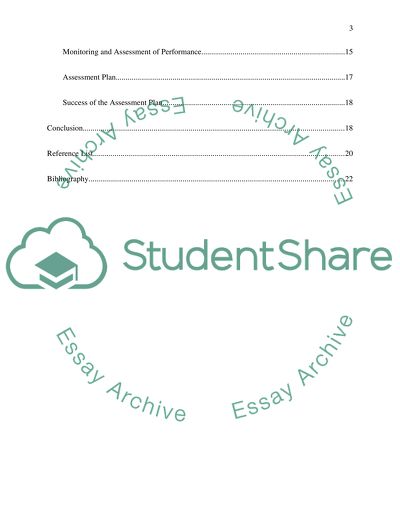Cite this document
(“Working with and Leading People Assignment Example | Topics and Well Written Essays - 3500 words”, n.d.)
Working with and Leading People Assignment Example | Topics and Well Written Essays - 3500 words. Retrieved from https://studentshare.org/human-resources/1694525-working-with-and-leading-people
Working with and Leading People Assignment Example | Topics and Well Written Essays - 3500 words. Retrieved from https://studentshare.org/human-resources/1694525-working-with-and-leading-people
(Working With and Leading People Assignment Example | Topics and Well Written Essays - 3500 Words)
Working With and Leading People Assignment Example | Topics and Well Written Essays - 3500 Words. https://studentshare.org/human-resources/1694525-working-with-and-leading-people.
Working With and Leading People Assignment Example | Topics and Well Written Essays - 3500 Words. https://studentshare.org/human-resources/1694525-working-with-and-leading-people.
“Working With and Leading People Assignment Example | Topics and Well Written Essays - 3500 Words”, n.d. https://studentshare.org/human-resources/1694525-working-with-and-leading-people.


